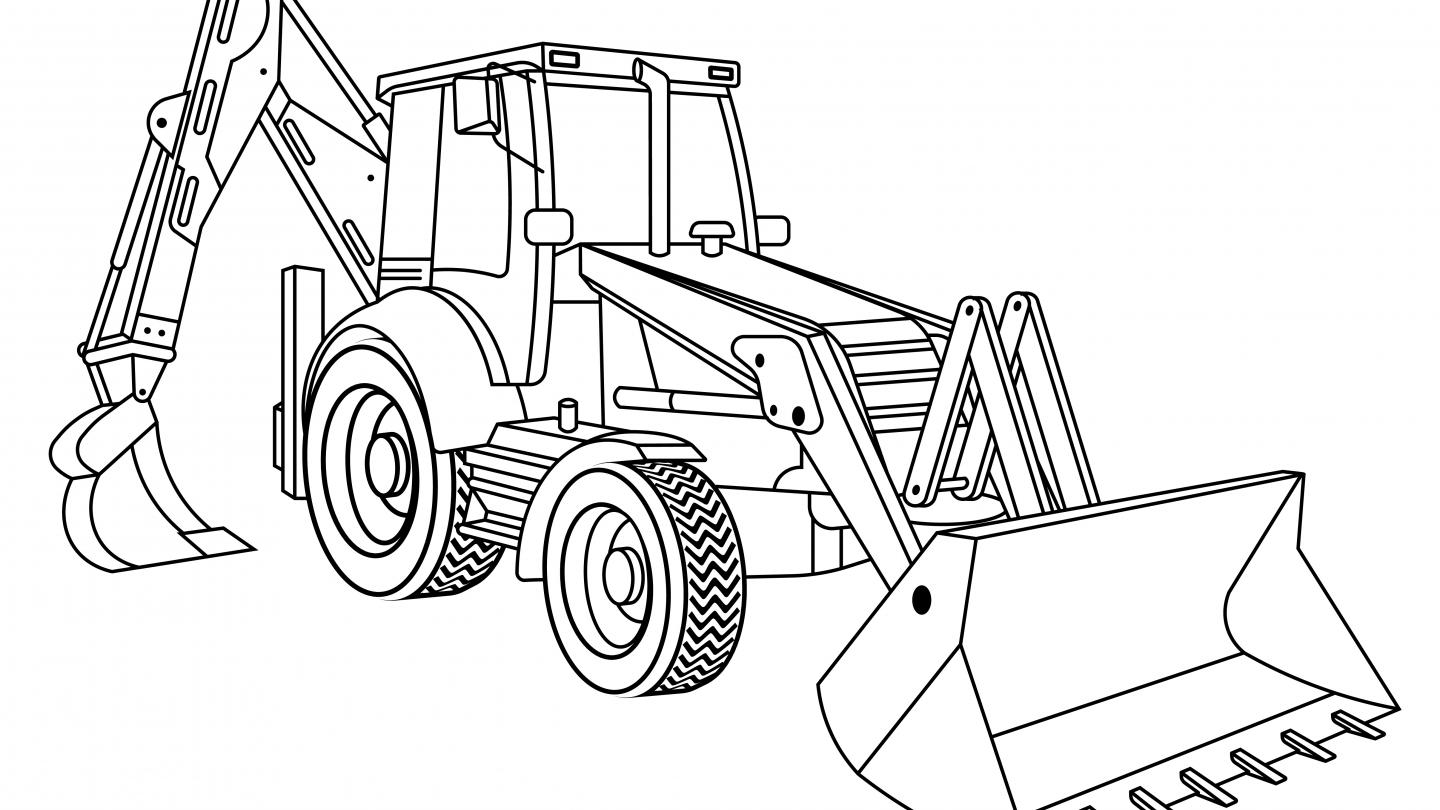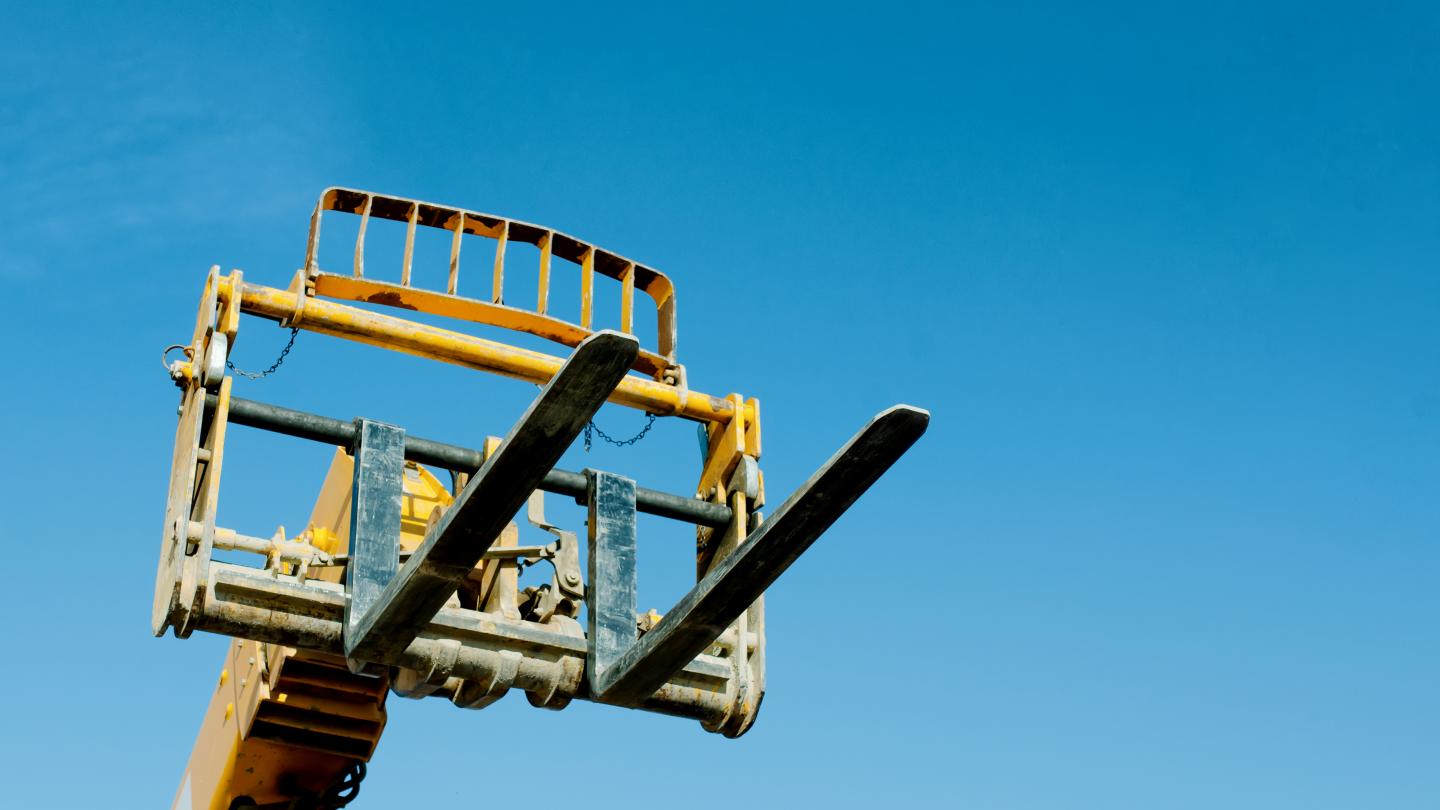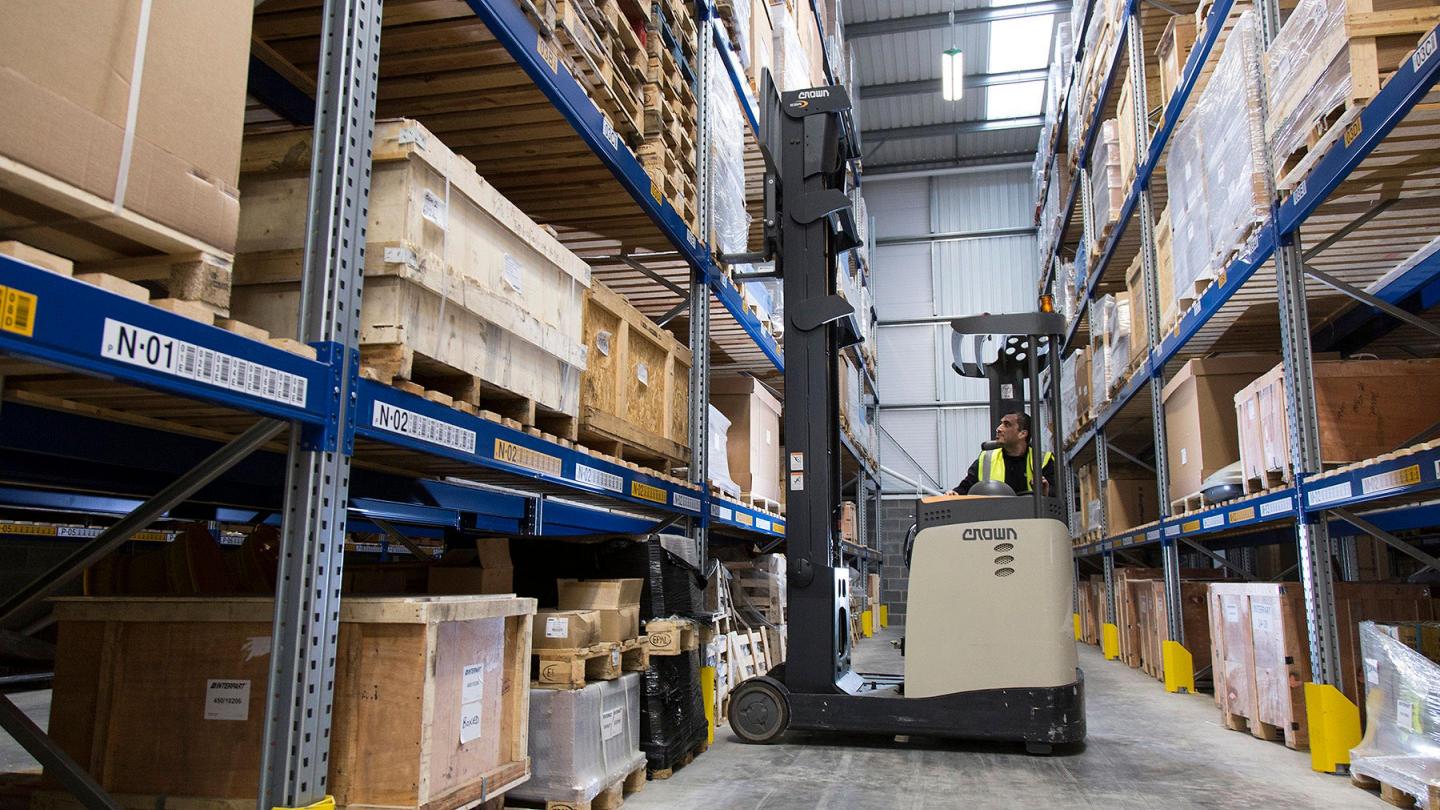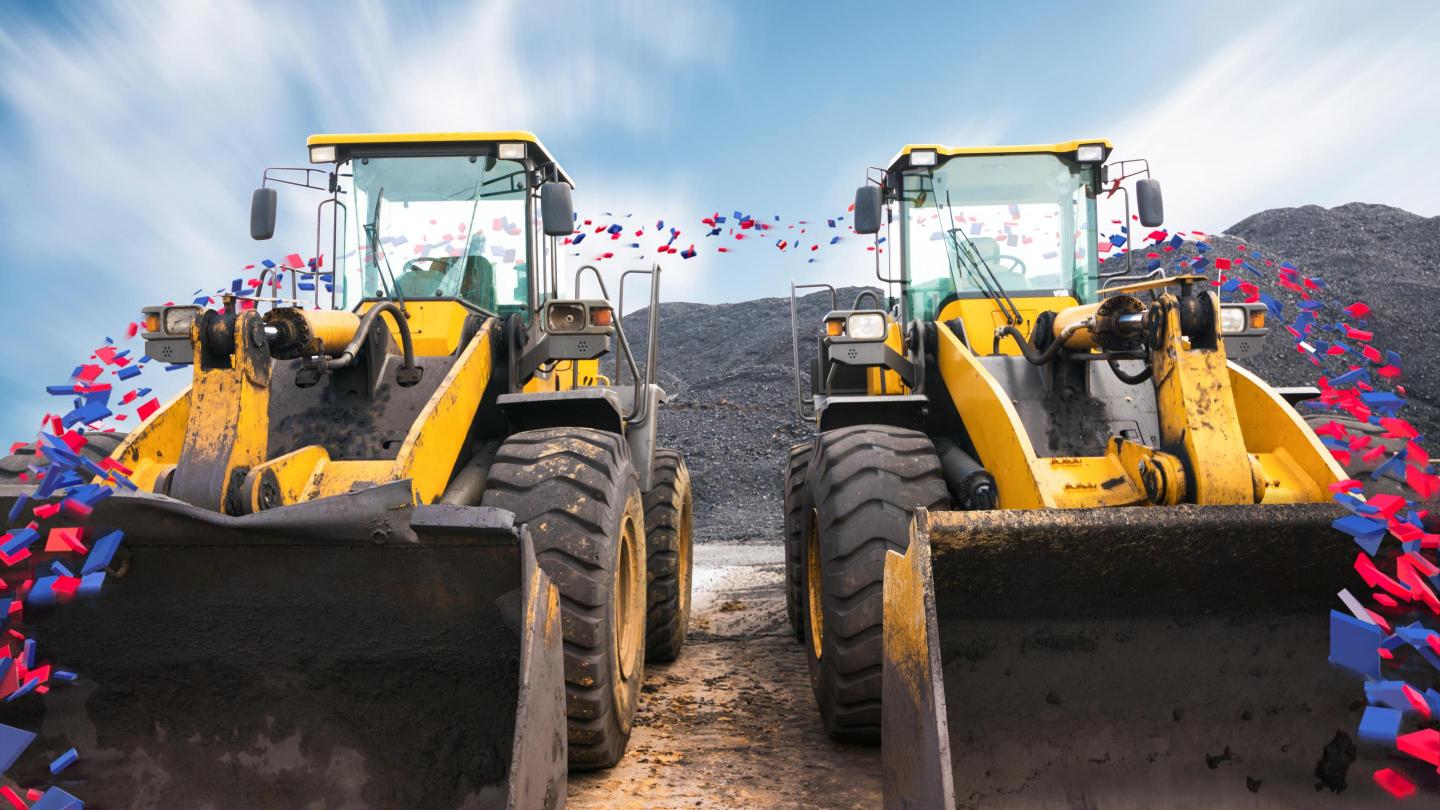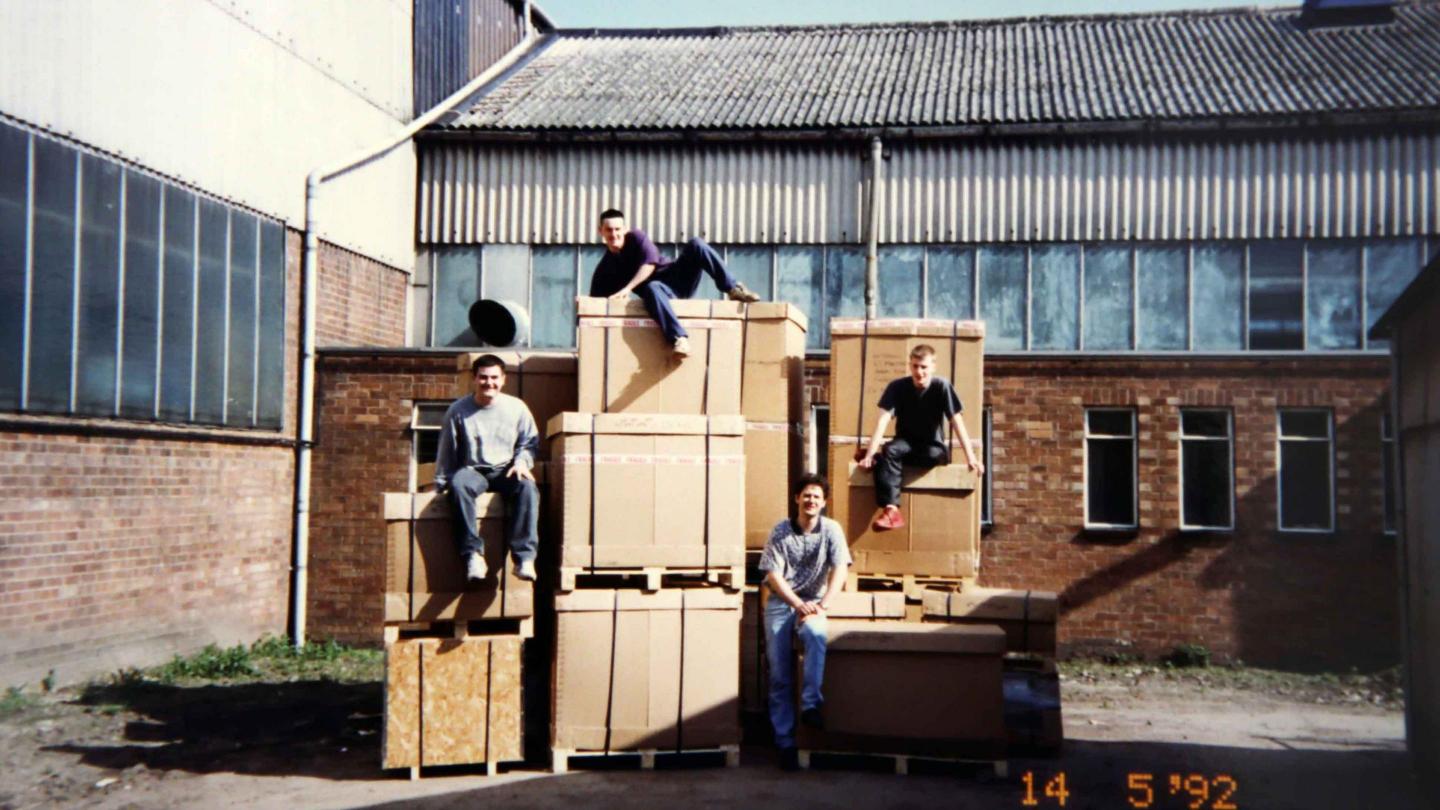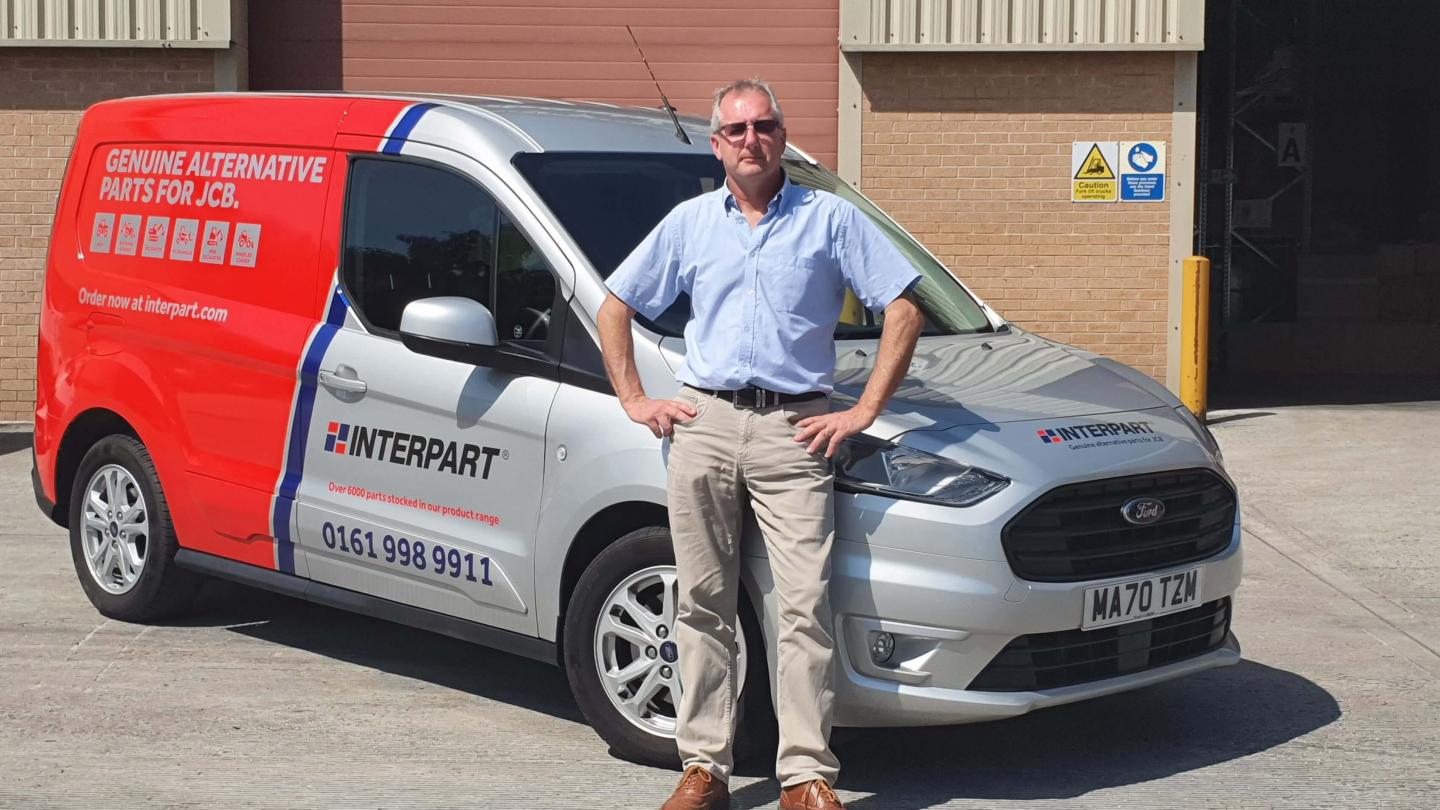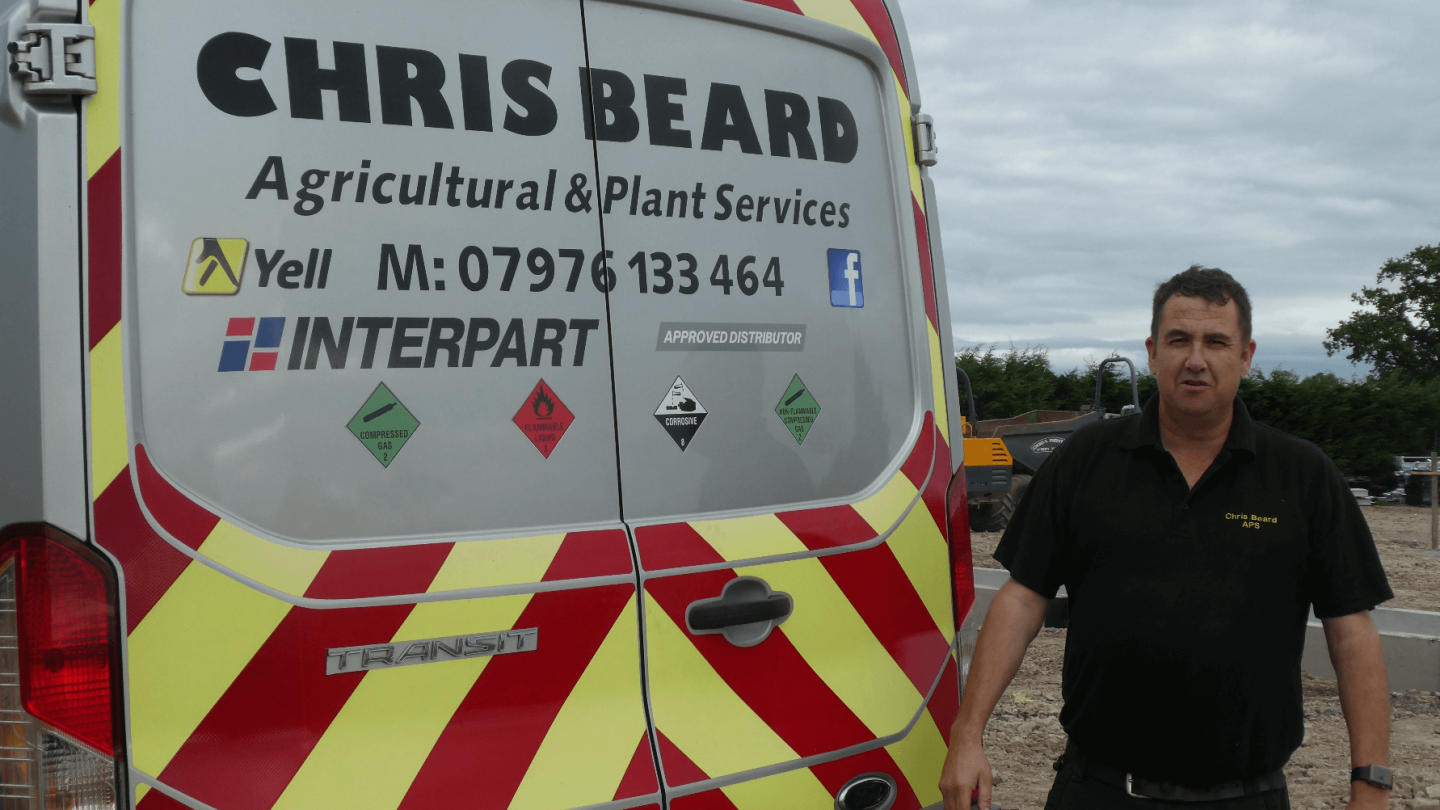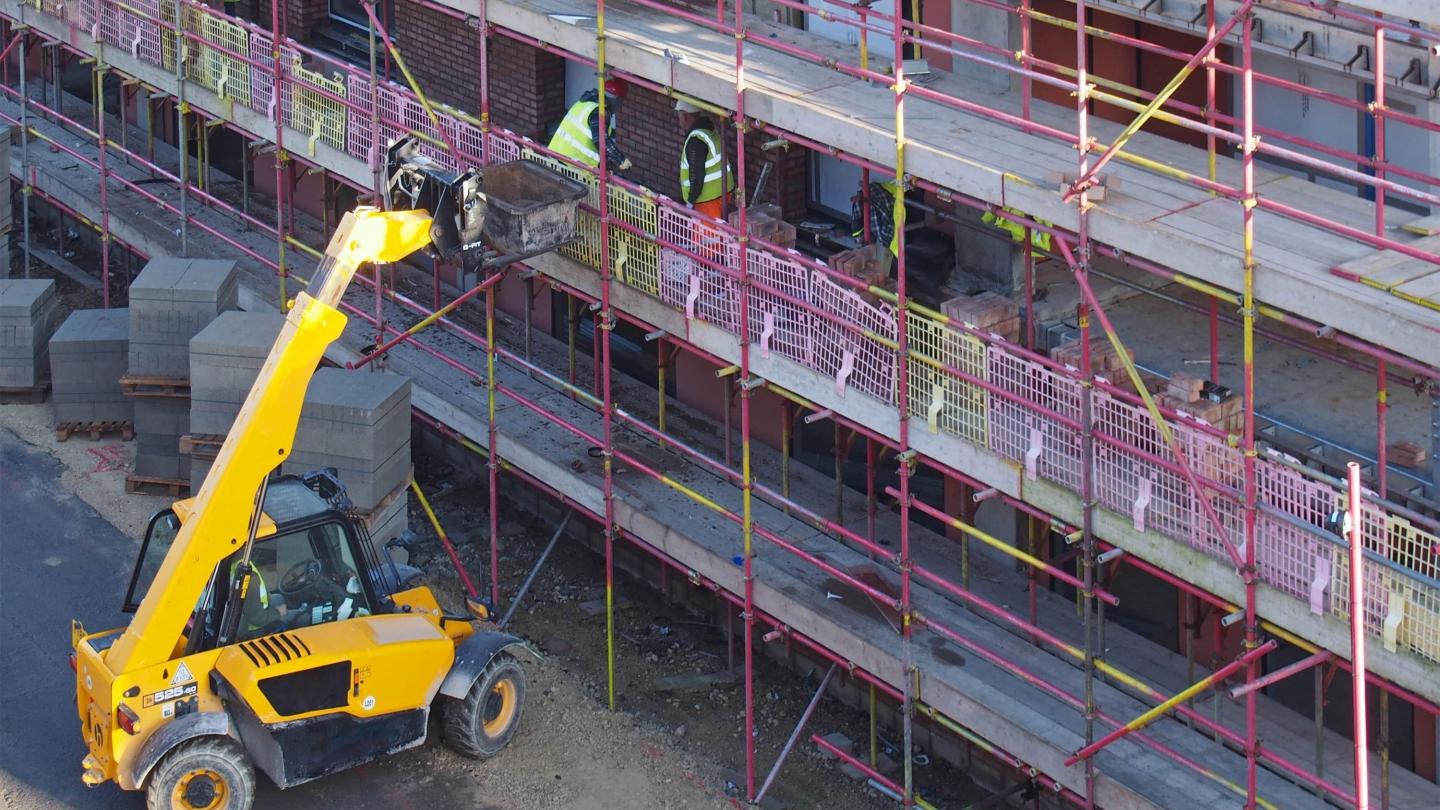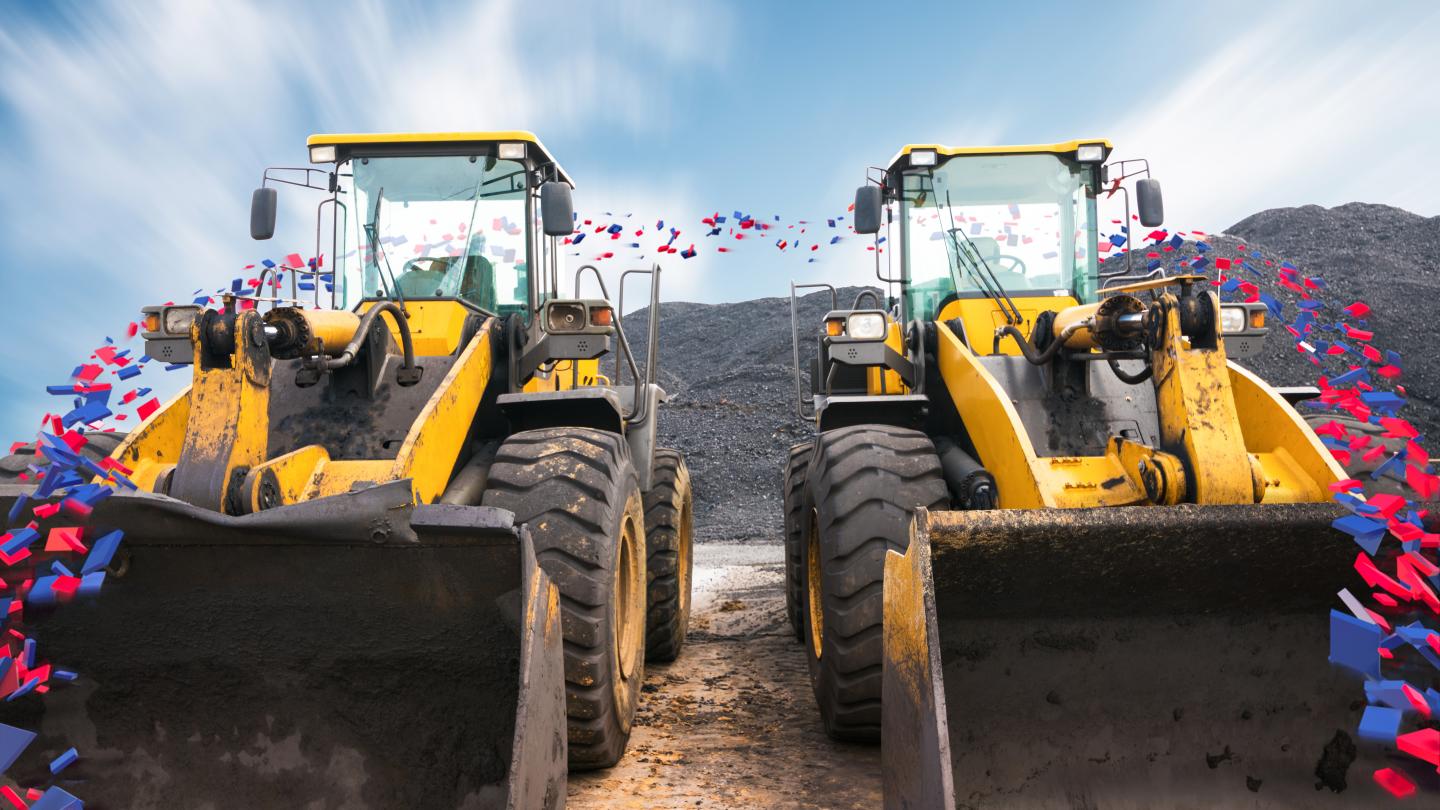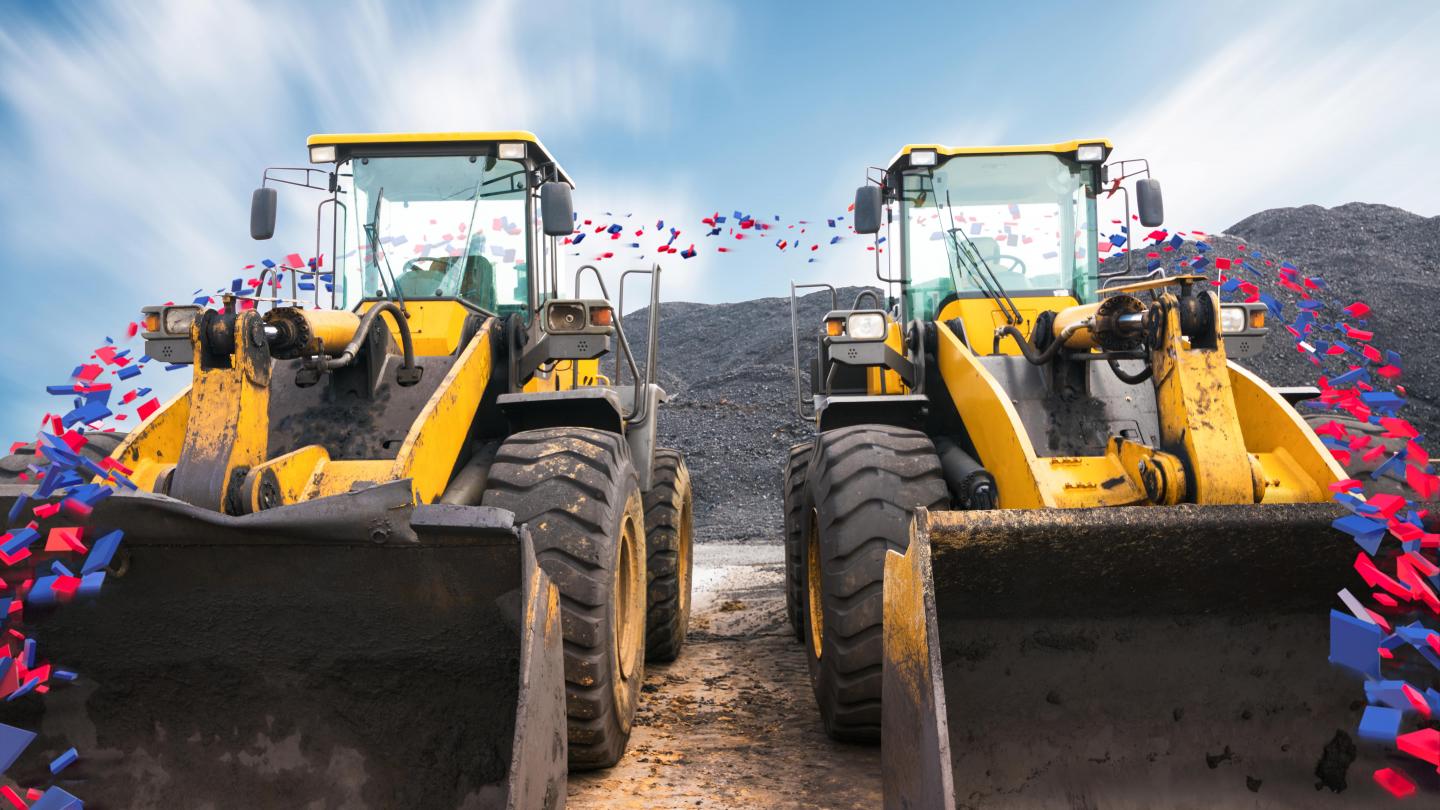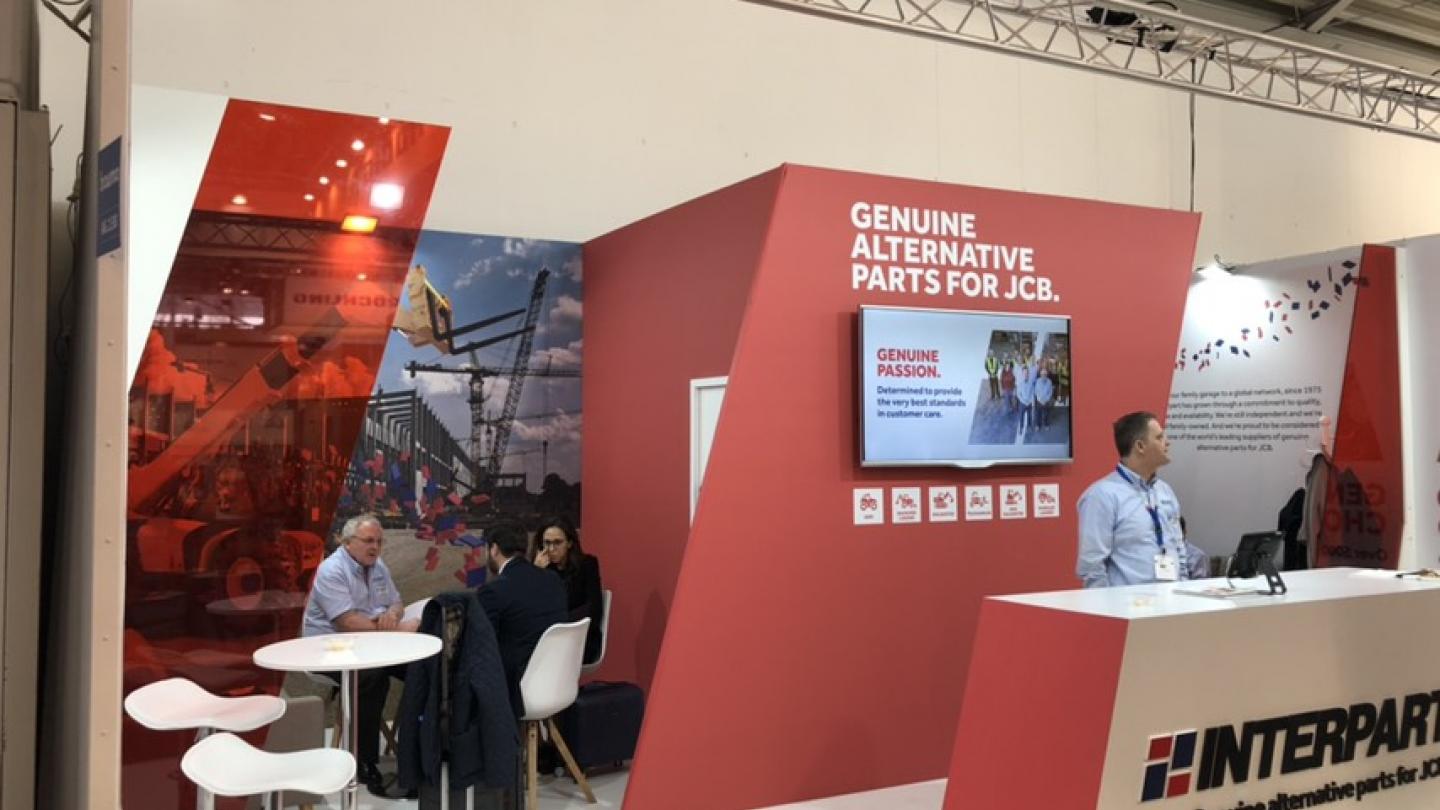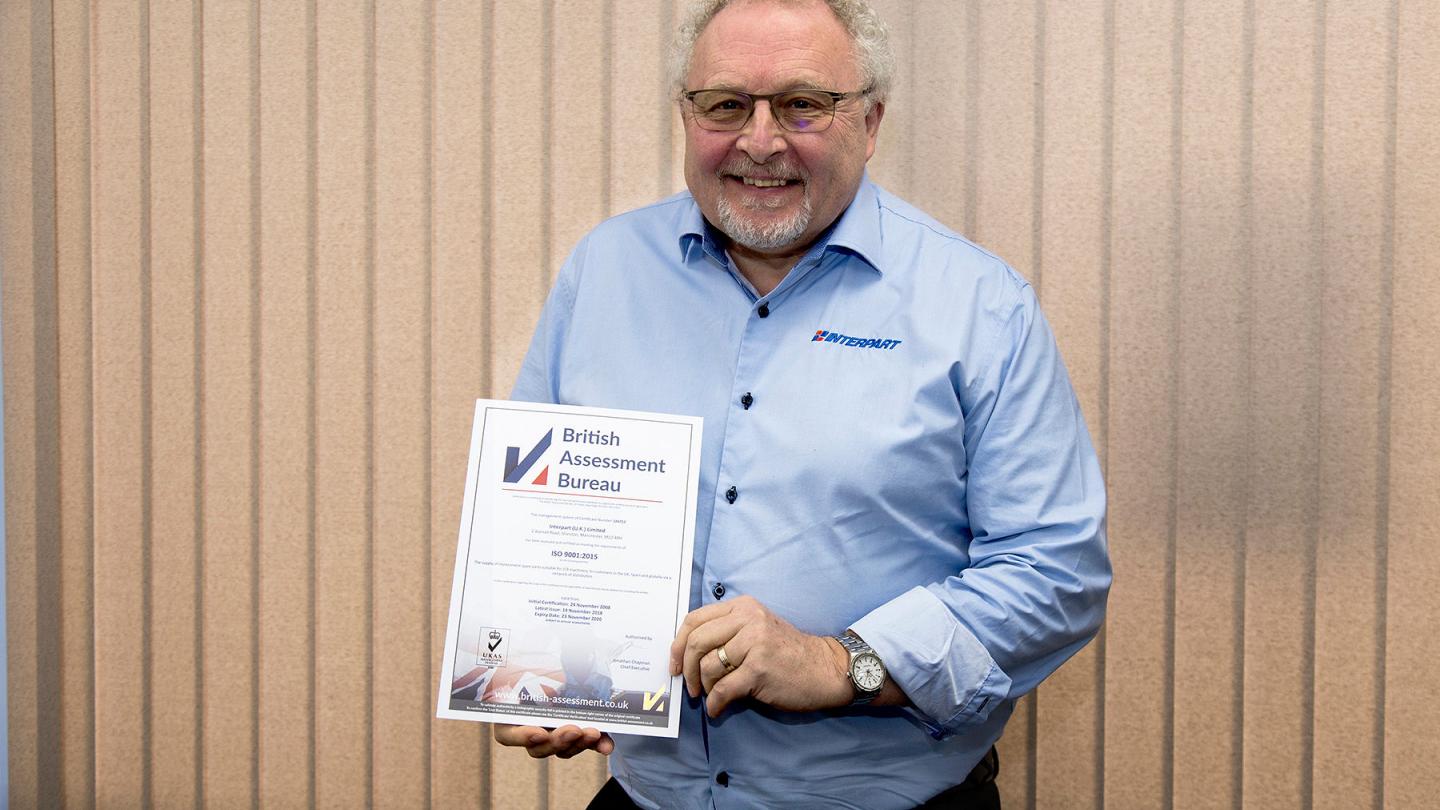How to Operate a Forklift

One of the most popular JCB machines, forklifts are a globally recognised industrial vehicle, with a market size of 1,418.9 thousand units worldwide in 2021. Used for transporting materials via palettes or packs, forklifts are able to move their loaded goods both horizontally and vertically, making them not only perfect for construction sites, but great for warehouse use too. Even though we’re used to seeing these small powerhouses in pretty much every industrial setting, it’s not actually always clear how they operate. Below, we’ve detailed the main steps you need to know before operating a forklift.
Initial inspections
Health and safety should always be at the forefront of everything you do, and the Occupational Safety and Health Administration (OSHA) requires all forklifts to be examined and inspected at least once a day. If the forklift is found to have an issue requiring a service or repair as a result of these inspections, it must be removed from service immediately.
There are two initial inspections that should be conducted; general pre-operational inspection with the engine off, and an operational inspection, during which, the engine should be running. For the pre-operational inspection, it’s routine for forklift operators to check the following:
- Oil and water levels
- Hydraulic fluid level
- Hydraulic hoses
- Mast chains; use a device to check the chain tension. Never place your hand into the mast.
- Tires
- Forks
- Loaded backrest extension
- Finger guards
- Safety decals and nameplates
- Operator manual
- Operator compartment
- Safety belt and all other safety devices.
This list is not extensive, but a general rule of thumb. Different types of forklifts may require extra inspections, for example electric forklifts will also need electrolyte levels checking and more, and there may be additional checks for combustion forklifts, and liquid propane forklifts too.
During the operational inspection, it’s routine for operators to check the following, as well as monitor for any unusual noises or vibrations:
- Accelerator linkage
- Inch control
- Brakes and steering
- Drive control
- Tilt control
- Hoist and lowering control
- Attachment control
- Horn and lights
- Back-up alarm
- Hour meter
Getting set up
After completing the pre-operational inspection, you’re ready to get into the vehicle. To mount a forklift, be aware of your footing at all times, ensure that you grab the handhold and not the steering wheel, and pull your body up into the forklift. Remember, once you’ve mounted the forklift and started the engine, the first thing you must do is the operational forklift inspection before driving.
It goes without saying, but whilst travelling and manoeuvring, you must ensure that you have a clear view at all times. In addition to this, use rear view mirrors, ensure you’re always checking around you in all directions before you drive, use headlights when the lighting is dim and drive cautiously into and out of buildings. Driving a forklift isn’t the same as driving a car, and it’s important to remember at all times that accidents can happen very easily with improper care.
Loading
So you’re all set, safety inspections done and you’re ready to get stuck in and get started loading your forklift! As you manoeuvre up to your load, be sure to stop when you’re around 0.30m away. Before adjusting the fork, ensure that you have shifted the gears into neutral, and that the parking brake is on. It’s crucial to never adjust the fork unless you’re parked and in neutral. Next, adjust the width of the twines as you need to. Depending on your forklift model, you may be able to do this using a lever inside the cab, but some forklifts require this adjustment to be done manually. Finally, once the twines are level and the correct width, match your forks up to the pallet or pack openings using the lever on the right side of your steering column, and drive forward until the fork is completely inserted. At this point, stop, shift the gear back into neutral and activate the parking brake.
Lift or lower the load whilst the parking brake is activated to heighten stability. The load should be lifted at least two to four inches off of the ground. Use the lever to tilt the mast back whilst you carry the load to decrease the chance of it falling.
Unloading
Just before you get to your location, put the mast back in the vertical position to ensure that your load is placed down properly. If you’re unloading onto the ground, you shouldn’t need to higher the fork before lowering, however, if you’re setting it down elsewhere, you should leave six inches between the forks and the desired place to set the load down. Remember, whilst moving the forks, the parking brake should be activated, and the vehicle should be in neutral.
Once adjusted accordingly, slowly drive to the place you’d like to unload. Once there, stop, shift into neutral and once again activate the parking brake. Now, you can safely lower your load. After unloading, make sure you reverse straight to ensure that the forks don’t get stuck inside the pallet and knock it over, then lower the fork closer to the ground before driving, and you’re able to set off again.
Parking
When it comes to parking the forklift, of course be sure to park the vehicle in a clear, level area that isn’t blocking any exits! Leave the forklift in a position where the fork is lowered so that the ends of the tines are touching the floor for safety. Then, after activating the parking brake, you can turn the engine off and exit the cab.
About us
At Interpart, we’re the world’s genuine alternative for JCB parts, and have been since 1975. We’re trusted by customers worldwide, spanning across 70 countries. With hundreds of years of combined experience, our team is well versed in all that is JCB, and our parts are subjected to extensive quality control.
If you’re interested in buying JCB parts, or need any quotes, head to the parts section on our website, or search for one of our distributors.
